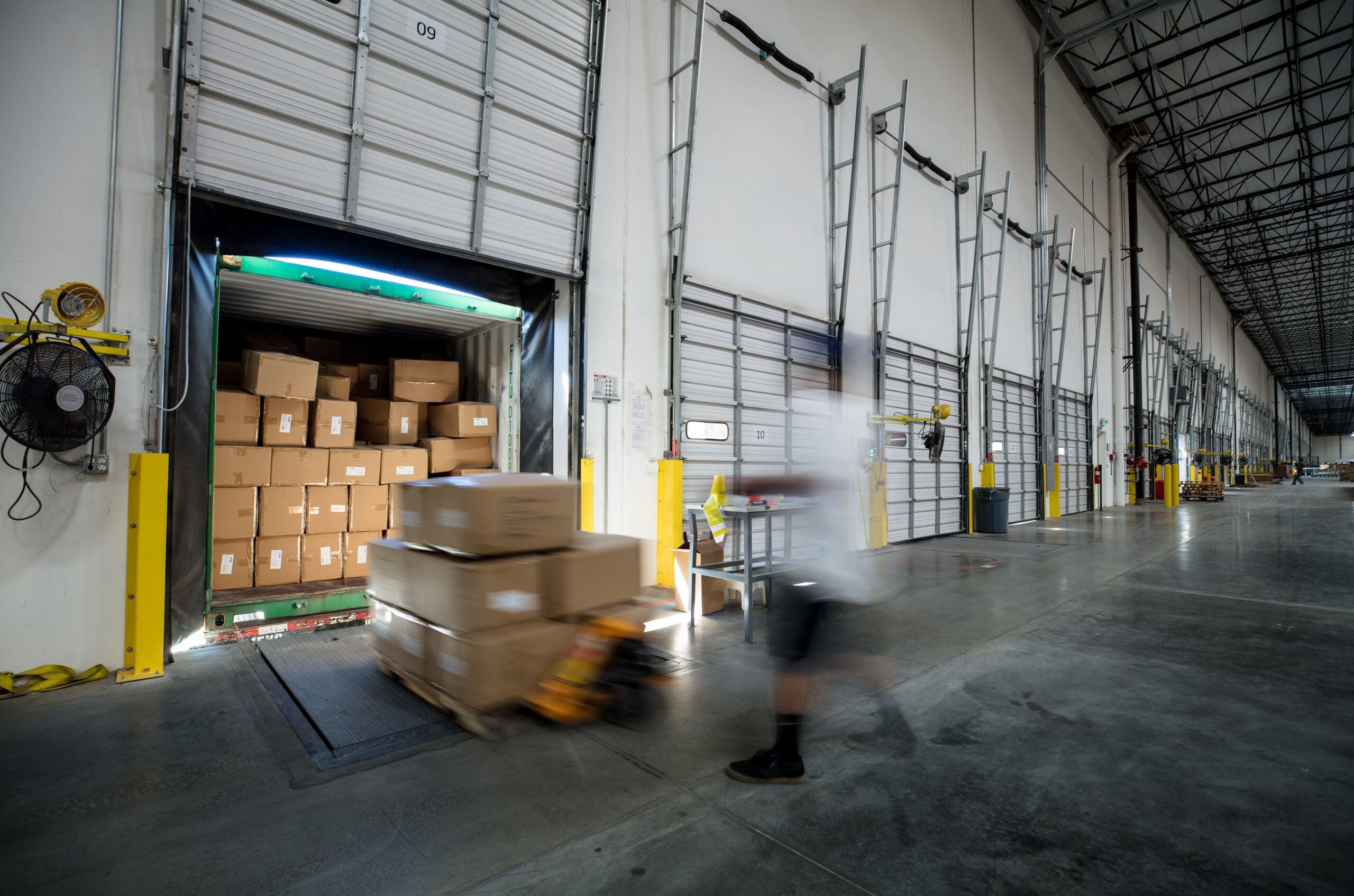One of the hardest parts of starting a business is understanding your supply chain. With so many moving parts and barriers, a company’s supply chain can often be one of the biggest setbacks towards reaching success.
Supply chain problems are the biggest cause of failure, as if you can’t get your product to your end consumer, you don’t have a business to start with. To better understand your supply chain, you need to first know the ins and outs of your product.
This mainly revolves around the material and design, and communicating this clearly to your manufacturer is a key to success. If you aren’t on the same page with your manufacturer, there is no way your product will come as specified.
The first step in mastering your supply chain is finding the right manufacturer. You can either use a open database like Alibaba where you’ll spend hours searching or utilize a platform like Sourcify that introduces you to the right manufacturer and walks you through the product development cycle.
Once you’ve found a manufacturer that you think is capable and reliable, it’s time to dive deeper into the manufacturing process. To master your supply chain, you need to know the following three keys:
Product Margin
One of the biggest killers of any business is not knowing your numbers. As an entrepreneur, you should know all facets of cost associated with your product. From the supply chain perspective, this includes cost per specific piece, import tax, shipping fees, and of course the actual unit cost.
For some entrepreneurs, buying wholesale can be an attractive option as you can often buy domestically with lower minimum order quantities. You also don’t have to deal with an overseas manufacturer.
What many entrepreneurs overlook though, is the fact that wholesalers take their own margin and it’s often as high as 60%. With the use of capital being so important to a startup’s success, it almost always makes sense to avoid wholesalers and go directly to the manufacturing source.
Lead Times
If you don’t know the answers to the following two questions you better find out for yourself very fast: How long does it take to finish a production run? How long does it take to ship finished products from your manufacturer to your warehouse?
Lead times can make or break a business and when dealing with manufacturers overseas, you need to understand the expected lead times and variables that may cause delays. As an example, in China during their Chinese New Year, factories can often be closed for up to two weeks. If you aren’t prepared for this off time, your company might not get its products manufactured in time.
Risk Management
The main point in risk management of a supply chain revolves around not being single sourced. This means you should always have a backup manufacturer to produce your products in case something happens to the first.
For example, one of the shoe manufacturers that was working with Sourcify had a building collapse in Thailand due to a landslide. Luckily no one was in the building at the time but as you can imagine, this caused the manufacturer to stop production for a few months as they rebuilt the building.
If this shoe company had been single sourced, they would have been scrambling for another manufacturer. Luckily for them, working with Sourcify enabled them to never be single sourced and they were introduced to a similar manufacturer who was capable of producing their shoes.
Risk management also extends to having contacts to multiple people in a company and multiple points of contact. Though you will mostly be communicating with a sales rep, it is also important to know other reps in that company or a manager.
Creating and managing a supply chain is a full time job and working on your relationships with a manufacturer is an ongoing process. To master your supply chain, you need to understand your product margins, know your lead times, and manage all the risks involved.









